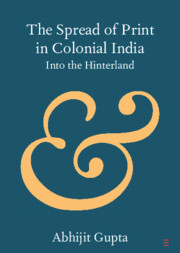This article investigates the relationship between caste and Islam in Bengal at a time when they acquired heightened significance as markers of identity for the colonial state and between communities. Scholarship, mainly drawing on North India, has emphasised the contrast between the existence in practice of a hierarchical system of social stratification among Muslims and the ideals and traditions of Islamic egalitarianism. This article, however, shows that caste-based struggles and tensions produced a revolutionary Islam. I suggest that the subversive potential of Islamic egalitarianism, described in early Islam by Louise Marlow, was kept alive by low-caste Bengali Muslims. The social reality of caste enabled multiple understandings of what it meant to be a Muslim, and the more radical among them were subaltern ontologies—different meanings of what it was to be a Muslim in the world. Here, I analyse writings on caste by four unreliable narrators around the turn of the twentieth century—a British colonial ethnographer, an ashrāfī Muslim anthropologist, and two Muslim reformers—to describe the politics and lifeworlds of low-caste Muslim groups in Bengal. The article argues for a more nuanced understanding of this period of Islamic reform and development, one that is conscious of the subaltern currents shaping its course. I show how a reformist politics of ‘rejection’ of elite Islam emerged as a response to the problem of caste inequality. These discourses and practices repudiating elite Muslim titles, centring histories of labour, and emphasising equality as an embodied experience reveal the revolutionary potentialities of a subaltern Islam.


